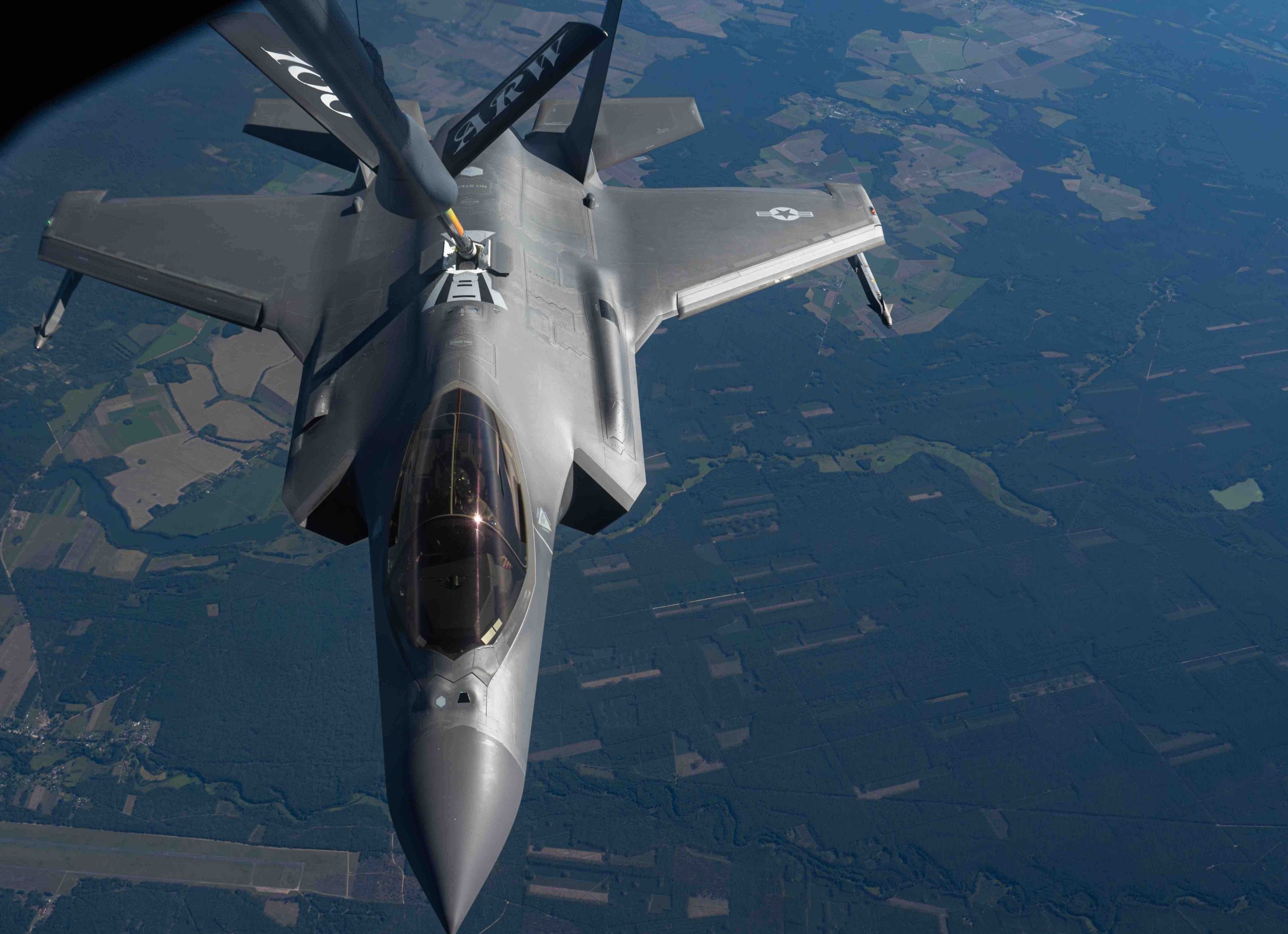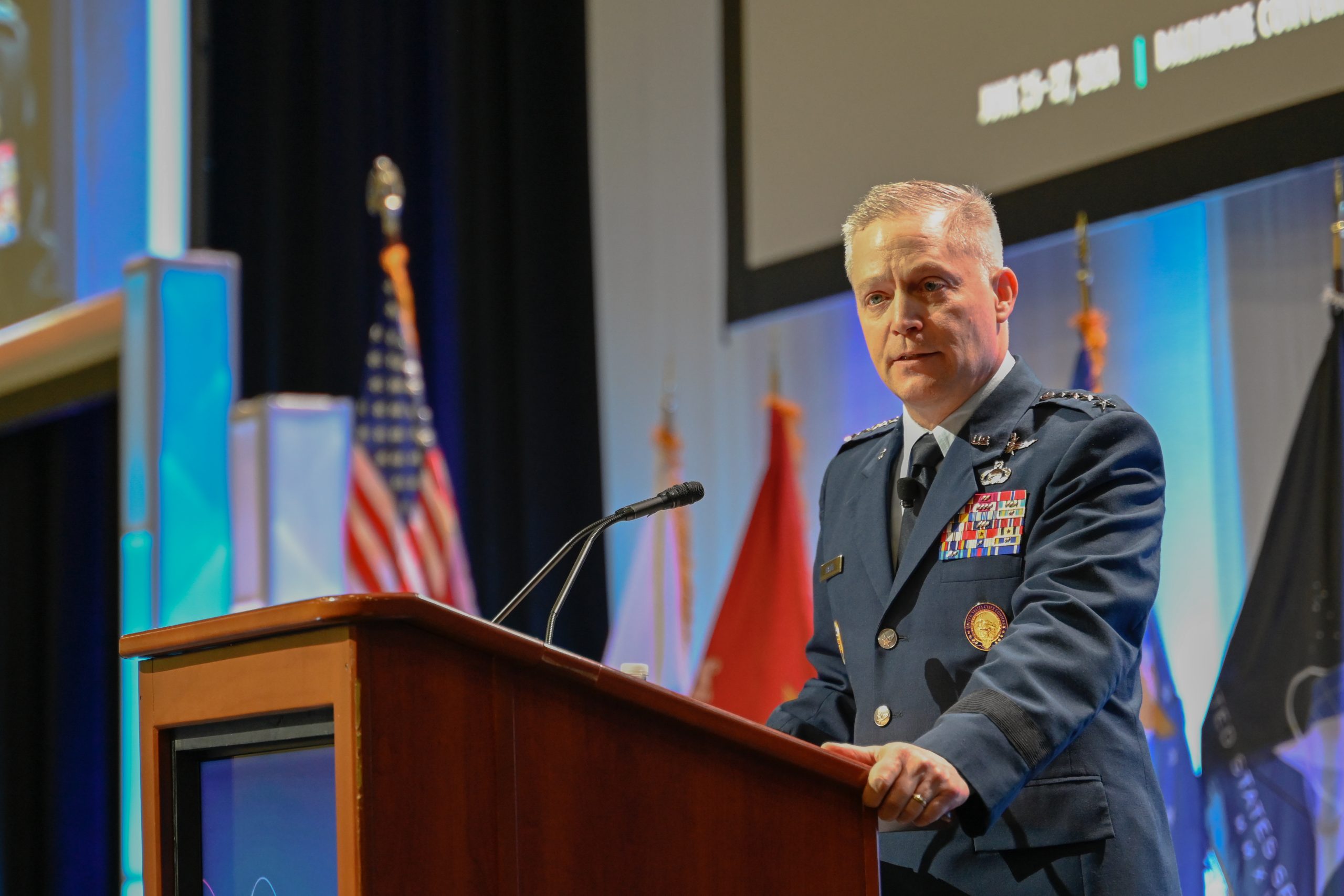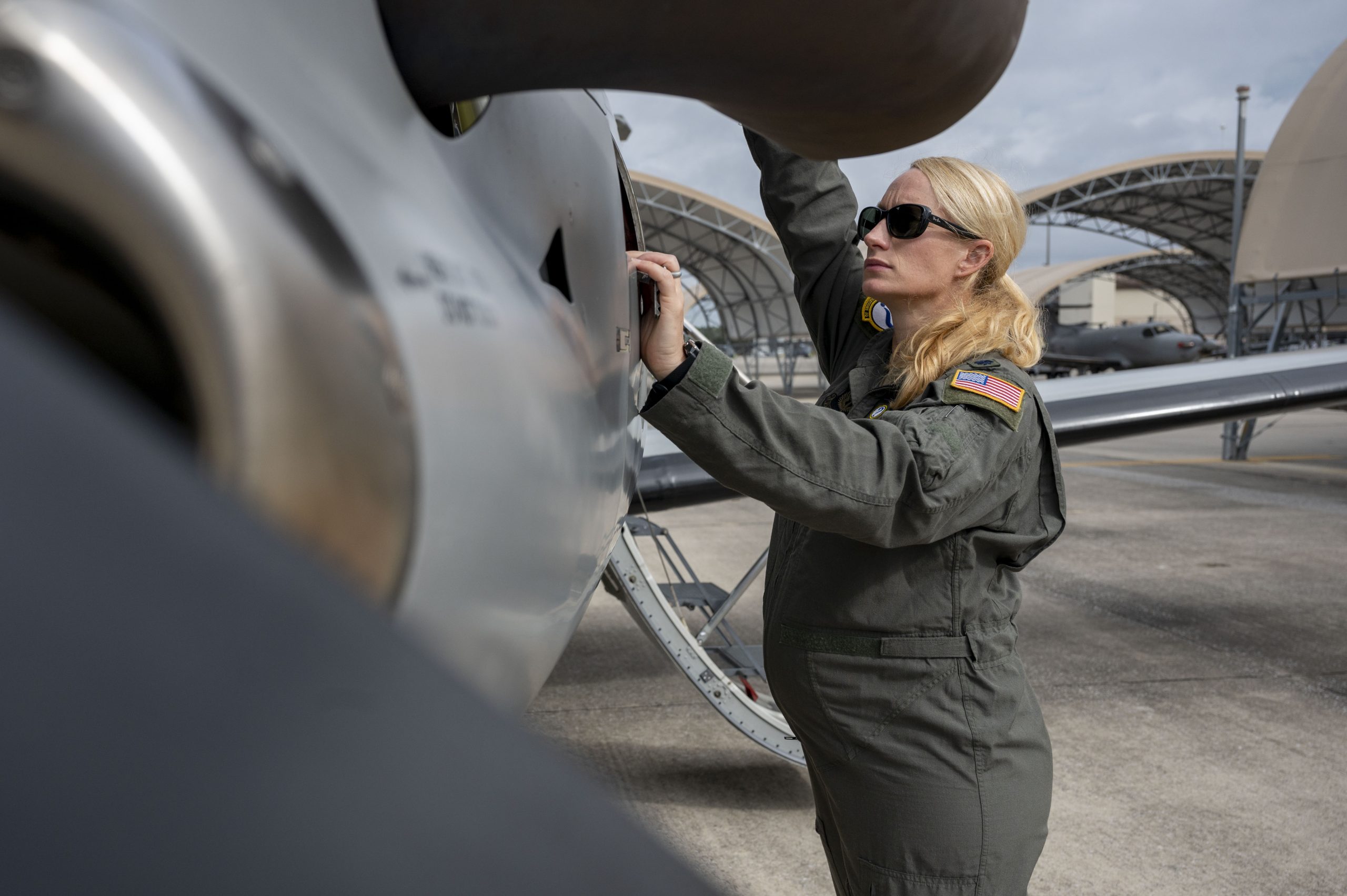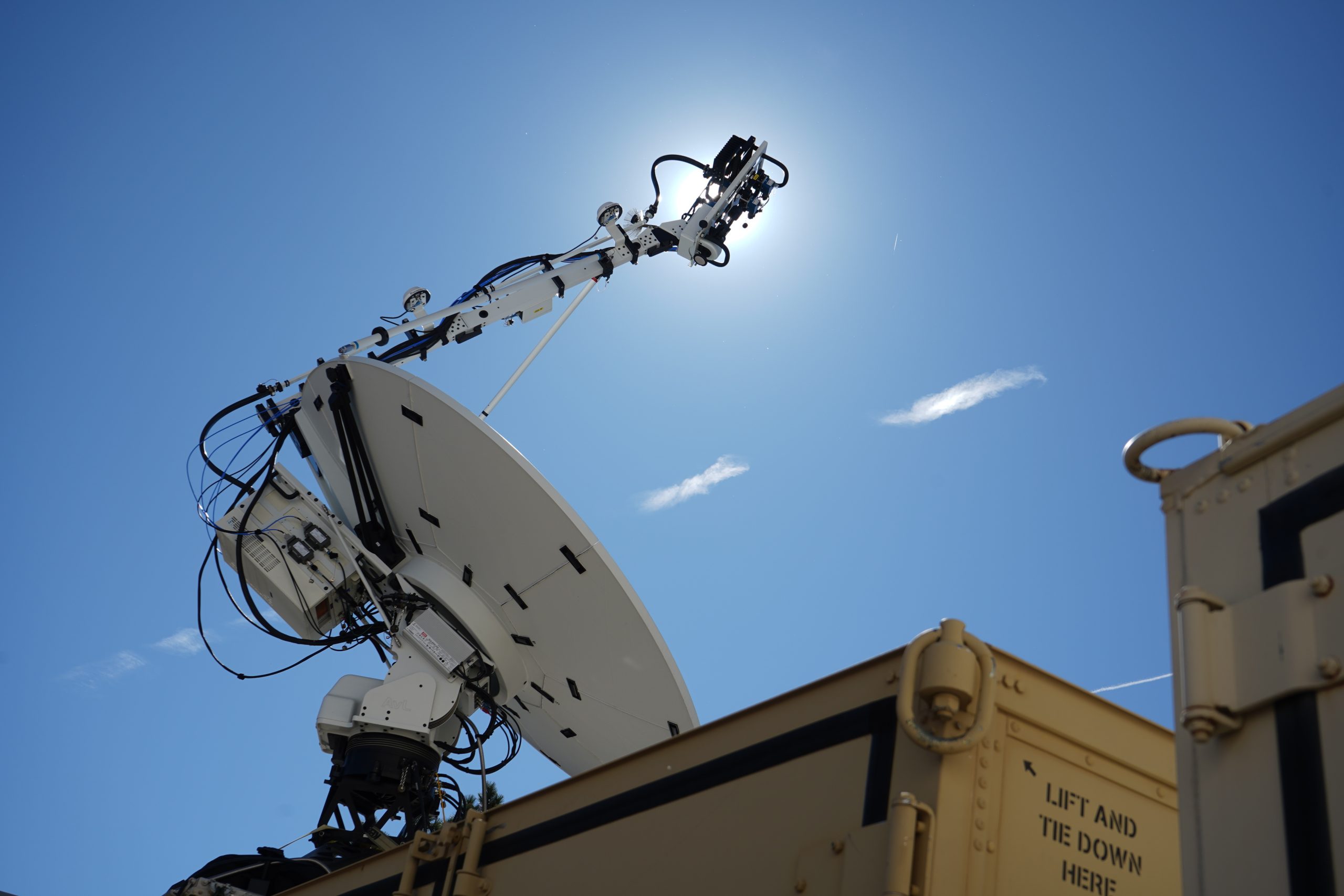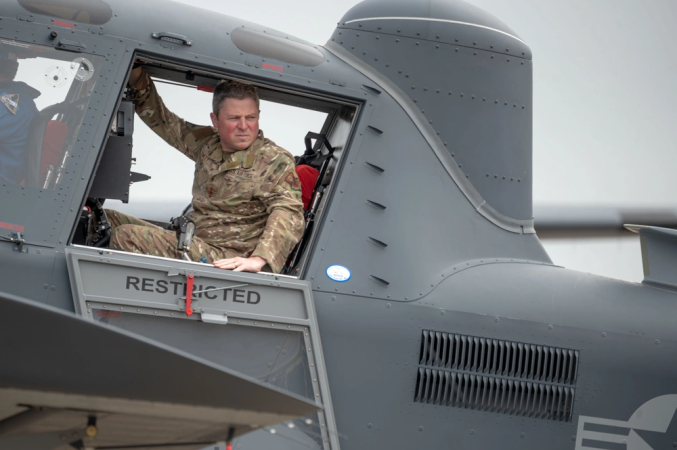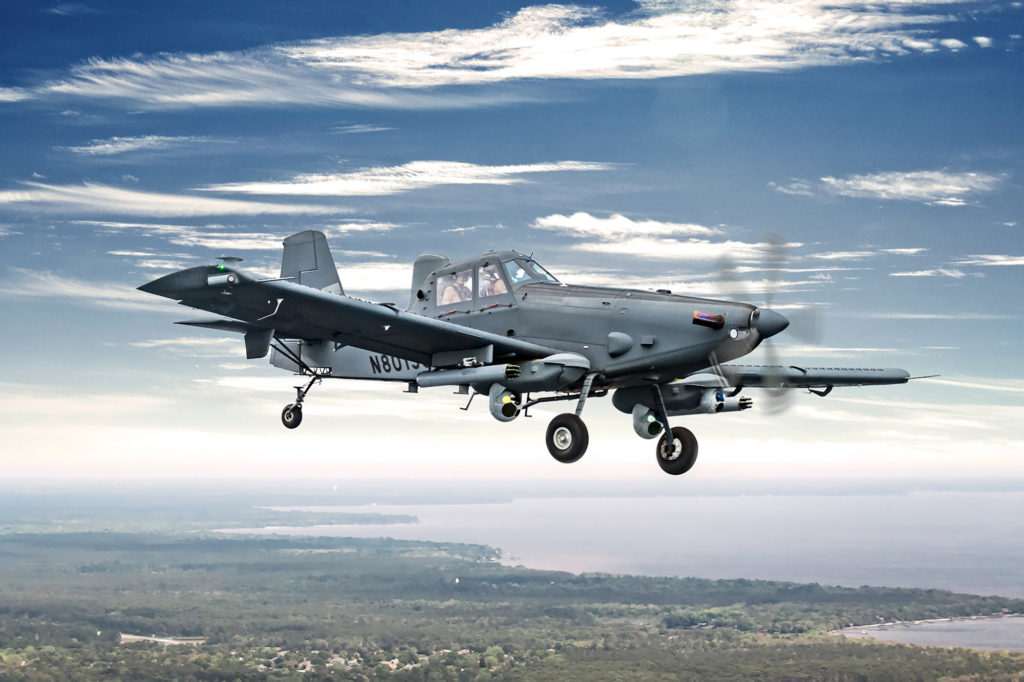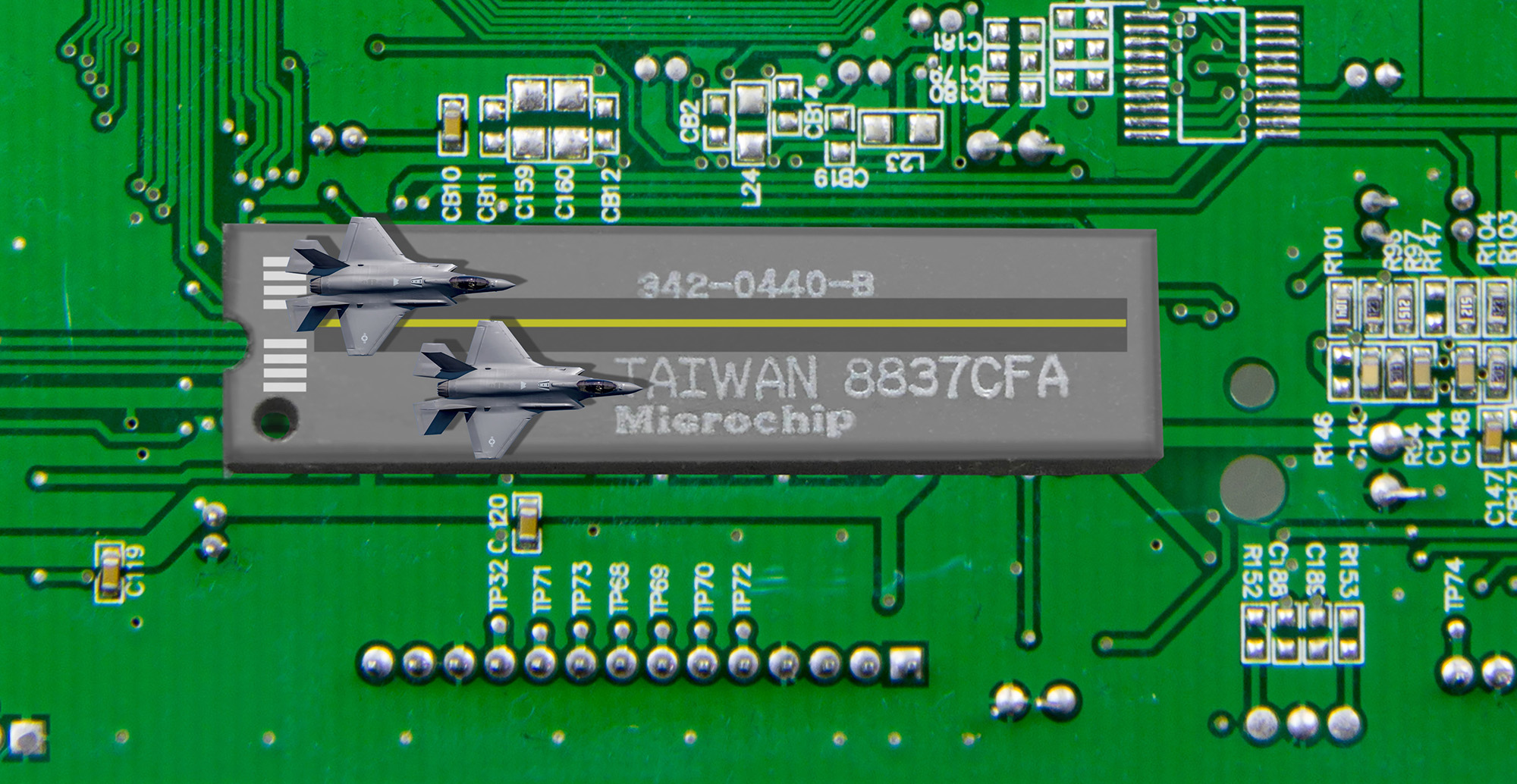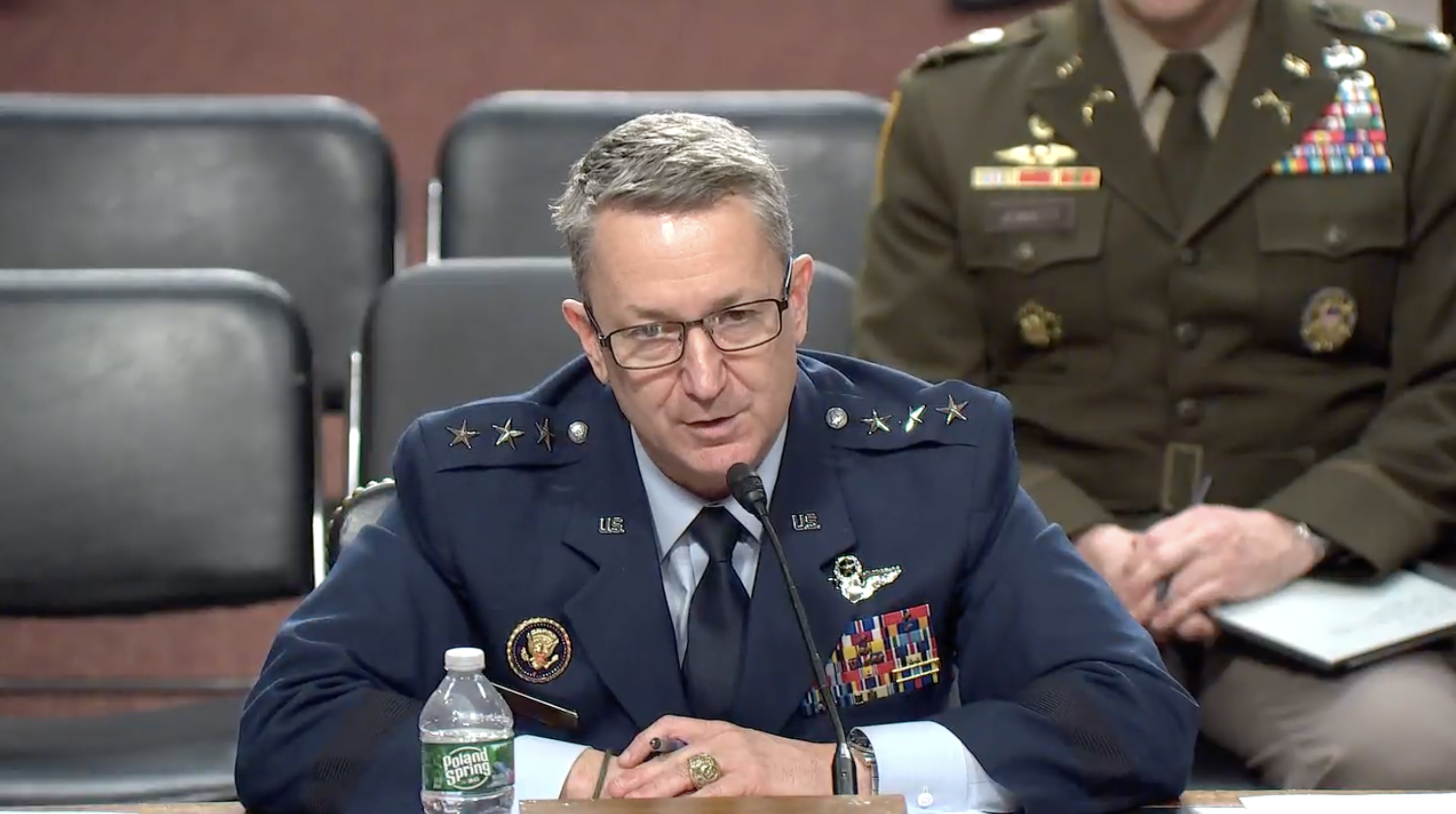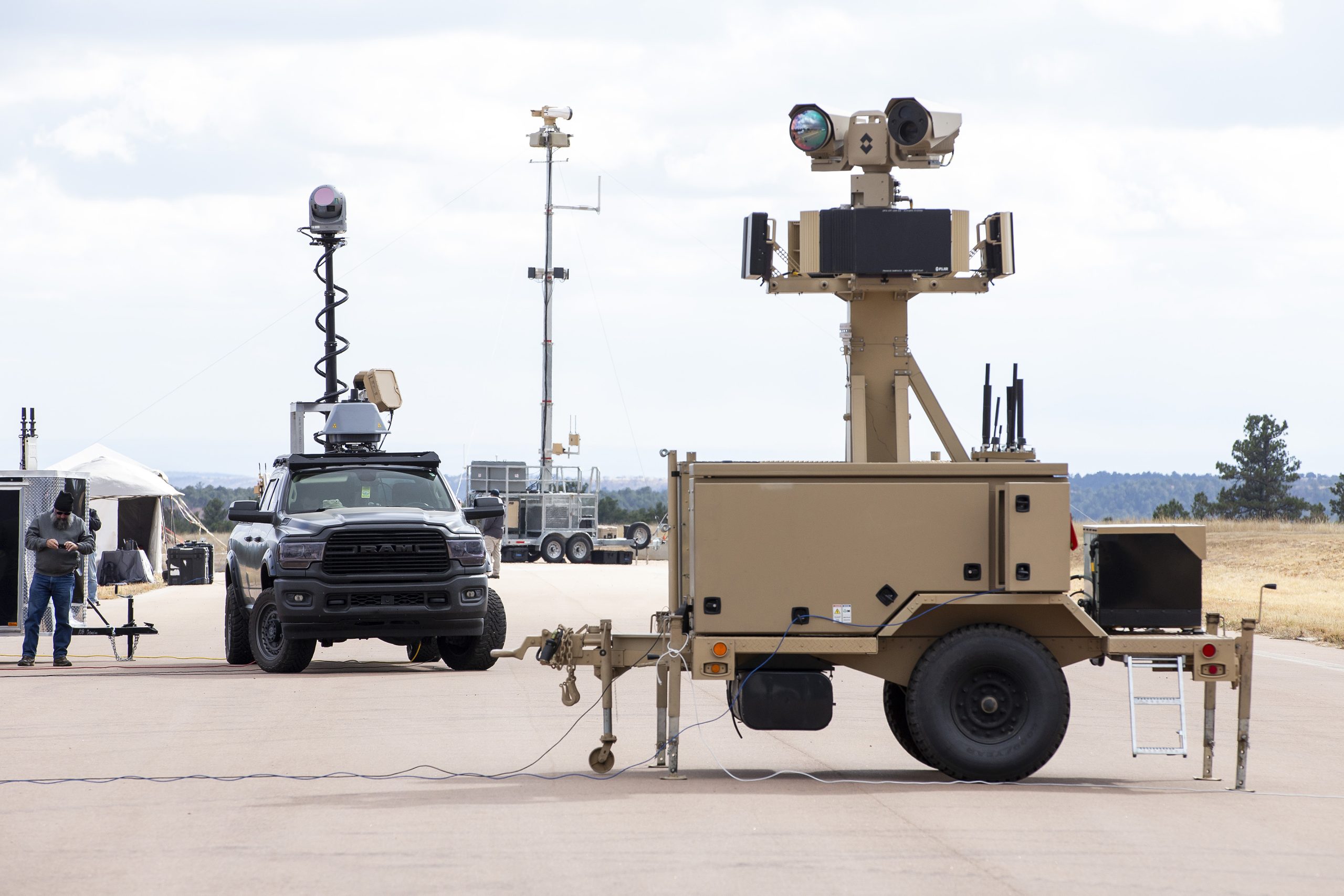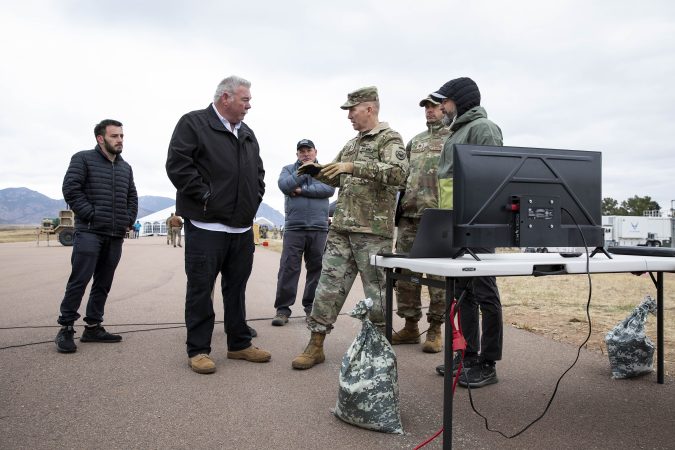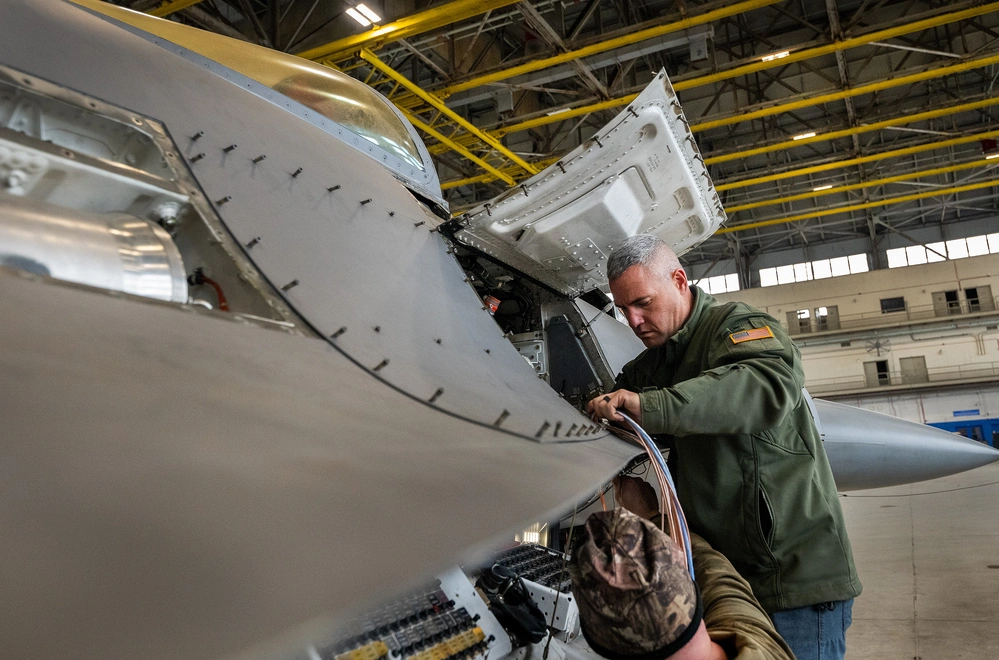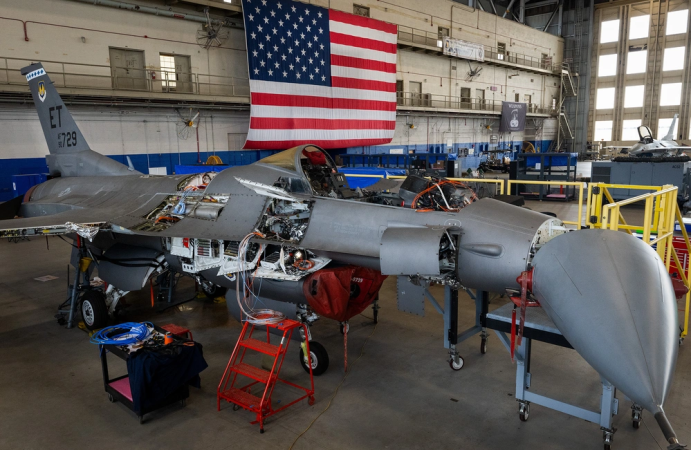The U.S. Air Force is poised to fill out its full complement of F-35 fighters and reach full operational capability with two squadrons at RAF Lakenheath in the United Kingdom this year, according to the head of the U.S. European Command.
“USEUCOM established one F-35 squadron at Royal Air Force (RAF) Lakenheath in the United Kingdom, which is now fully operational,” Army Gen. Christopher G. Cavoli, commander of EUCOM wrote in his statement to the Senate Armed Services Committee on April 3. “A second squadron of F-35s will be complete this summer and will achieve full operational capability this fall.”
The 48th Fighter Wing at RAF Lakenheath has four squadrons, two with F-15E Strike Eagles, and two with F-35s: the 495th Fighter Squadron, known as the “Valkyries,” and the 493rd Fighter Squadron, nicknamed the “Grim Reapers.”
The 495th reactivated in October 2021, becoming the first U.S. Air Force squadron to operate the F-35A overseas, with its first stealth fighters arriving in December of that year. In total, the two squadrons are expected to have a combined 52 F-35s, Gen. James B. Hecker, commander of U.S. Air Forces in Europe, previously told Air & Space Forces Magazine. EUCOM did not immediately respond to how many F-35s are currently at Lakenheath.
The stealth fighters’ presence in Europe gives USAF fifth-generation airpower in close proximity to the threat of Russia. Just last year, several F-35s from Lakenheath deployed to Poland.
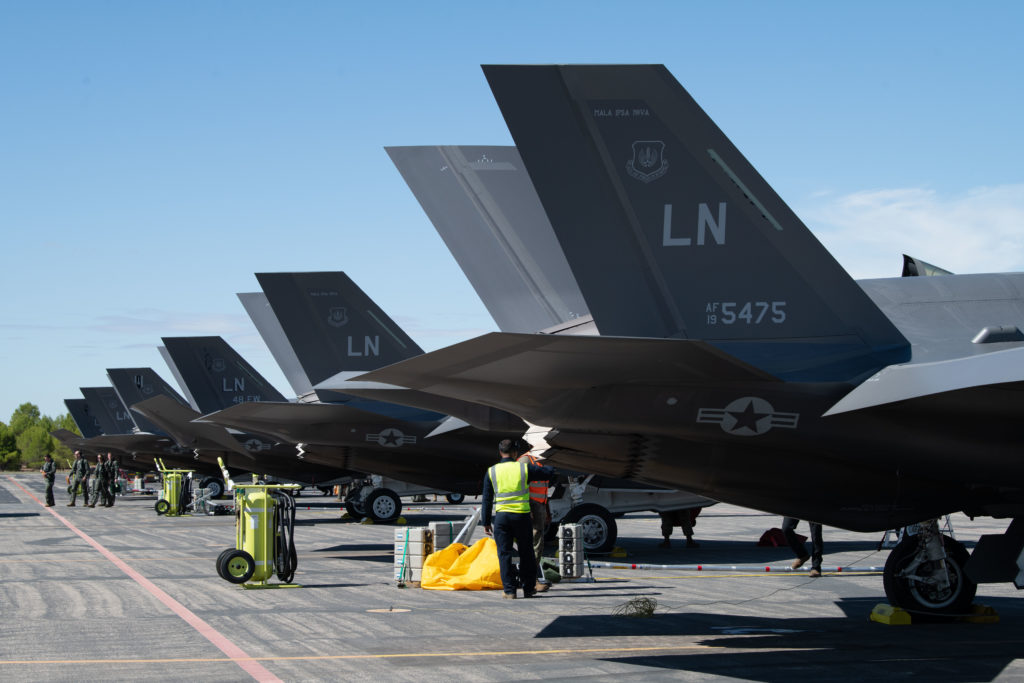
Cavoli’s comments about the F-35 reaching full operational capability come amid growing speculation that Lakenheath may house nuclear weapons to equip them.
The F-35s are currently the only fifth-generation fighters certified to carry nuclear weapons, the B61-12 gravity bomb, with a blast yield of about 50 kilotons. The certification is exclusive to the Air Force’s A models. For now, only select units are known to have the capability to carry the weapon, but all USAF F-35As are expected to eventually be equipped with the necessary wiring and software to deploy the B61-12.
Last year, British media reported that U.S. government contracting notices referenced the need for “imminent surety support” at Lakenheath, with “surety” being the Pentagon’s term for securing nuclear weapons. Following widespread attention, the website revised its description to remove the term.
In February, the Washington-based Federation of American Scientists published a report compiling open-source information suggesting the Air Force may be planning to reintroduce nuclear weapons to a U.K. base. The think tank had previously raised this possibility in 2023, citing the Air Force’s 2024 budget request, which mentioned the construction of a “surety dormitory” at the base.
The organization noted that its findings is that the service “intended primarily as a backup rather than to deploy weapons now.” There has been no official confirmation regarding a nuclear mission at the base.
As part of NATO’s nuclear sharing policy, Washington is estimated to vault around 100 B-61 bombs across six air bases in five nations: Belgium, Germany, Italy, the Netherlands, and Turkey.
Lakenheath has previously been associated with nuclear missions; during the Cold War, in response to the Soviet Union, the U.S. deployed nuclear-capable B-29 bombers to bases across the U.K., including Lakenheath. The base also housed B-47 bombers in the 1950s. In 1954, the first American nuclear weapons in Europe were deployed to the base along with other military sites in the U.K. In 2008, the U.S. withdrew its final nuclear weapons from the base as part of a post-Cold War drawdown.
